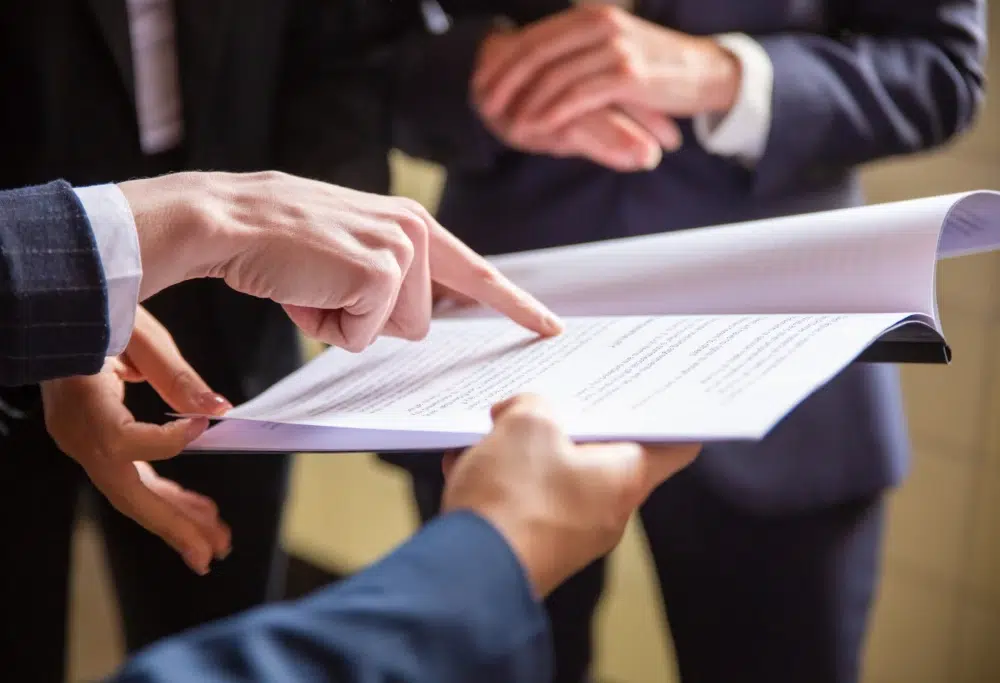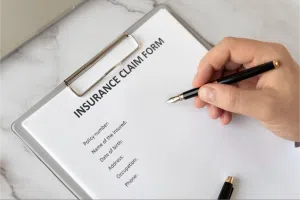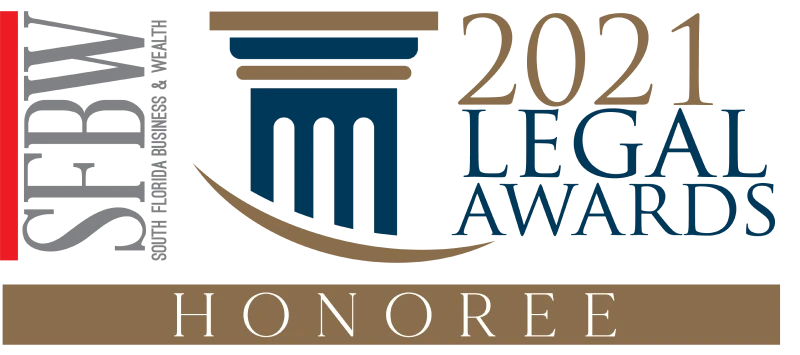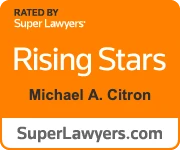Navigating a civil case can often feel like sailing through a storm without a compass. Whether you’re a plaintiff feeling wronged or a defendant facing allegations, understanding the ins and outs of civil litigation is important. This article aims to shed light on the often complex process of civil cases, from the initial complaint to the final judgment. With an emphasis on key terms like discovery, answer, settlement, and trial, as well as the roles played by attorneys and civil courts, we’re here to provide a detailed overview for those standing at the threshold of a potential civil litigation case.
As we dive into civil litigation, we’ll explore each step necessary to determine if you have a claim that can stand the tests of negligence, evidence, and the statute of limitations.
From understanding the potential resolutions to taking the appropriate steps if you have a valid claim, this article acts as a compass to guide you through the legal processes. By providing a clear roadmap and providing you with knowledge about the plaintiff’s and defendant’s roles, the discovery process, and the importance of a timely answer to the complaint, we aim to make the civil litigation process as understandable as possible.
Understanding Civil Litigation
Civil litigation covers a wide range of disputes and is fundamentally concerned with resolving conflicts between individuals, businesses, or agencies through civil courts, rather than through criminal prosecution. When one party sues another for damages or specific performance, they are engaging in a civil lawsuit. These cases can arise from various scenarios including, but not limited to, personal injuries, property damage, contract disputes, and family law matters such as divorce and custody.

Definition and Types of Civil Cases
Civil law covers almost every non-criminal dispute, focusing primarily on resolving issues that affect an individual’s rights or property. For example, if a person feels wronged by a business over a contractual agreement, they might file a civil case to seek reparations.
-
- Contract Law
Deals with disputes arising from legally binding agreements.
-
- Property Law
Governs disputes over the ownership and use of real and personal property.
-
- Family Law
Covers cases related to familial relationships like divorce, child custody, and guardianship.
-
- Tort Law
Involves cases where one party alleges harm caused by another’s negligence or intentional wrongdoing.
These cases are adjudicated in civil courts where the objective is not to determine criminal responsibility but to ascertain liability and decide on compensation or other remedies. Unlike criminal cases, the standard of proof is typically “preponderance of the evidence,” which means that the claim is more likely than not to be true.
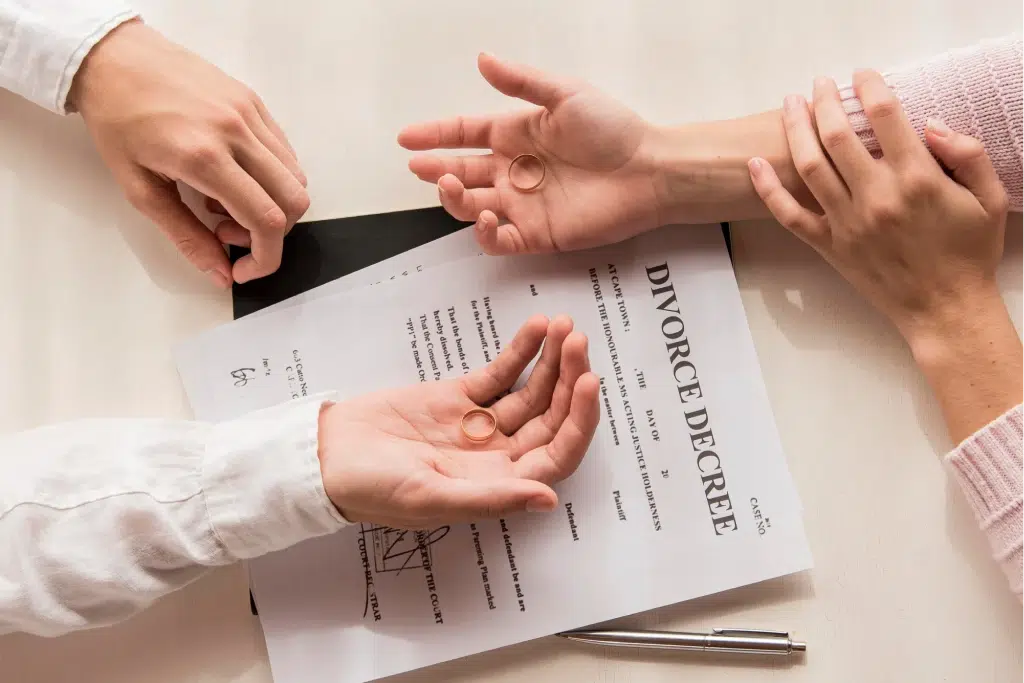
Differences between Civil and Criminal Law
Knowing the difference between civil and criminal law is crucial for anyone involved in litigation. While criminal law deals with offenses against the state and society, mandating a “beyond a reasonable doubt” standard for convictions, civil law resolves disputes between private parties. In civil cases, the focus is on compensating the victim rather than punishing the offender.
Civil litigation allows for remedies such as monetary compensation or injunctions to prevent or require certain actions. The process involves several stages, including the filing of complaints, discovery to gather evidence, and, potentially, a trial. Throughout these stages, both parties present their arguments and evidence to support their claims. Courts encourage parties to settle disputes through mediation or arbitration to avoid the lengthy and costly process of a trial.
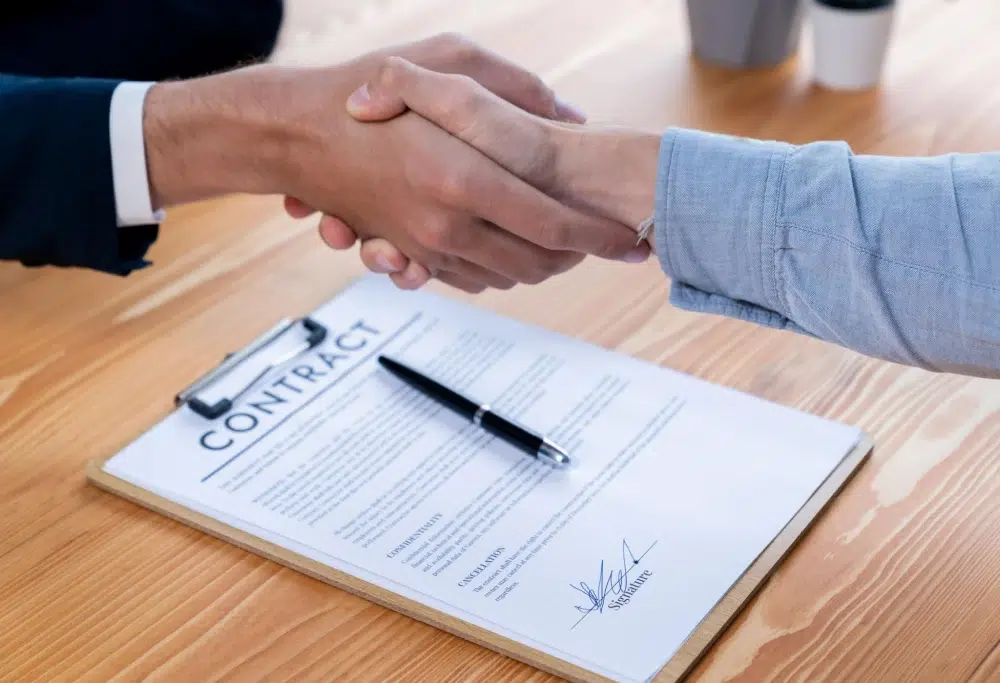
Civil litigation serves as a vital mechanism for individuals and entities to resolve disputes and seek justice through legal means. Understanding its scope, processes, and the distinct nature compared to criminal law helps parties navigate their cases.
Assessing Your Claim’s Validity
To determine if your situation warrants civil litigation, it’s essential to assess the validity of your claim. This involves understanding the legal grounds for a civil case and identifying the key components that constitute a valid claim.
Legal Grounds for a Civil Case
Civil cases revolve around disputes between individuals or entities over money, personal rights, or specific performance. These disputes can arise from various scenarios such as personal injuries, property damage, or breaches of contract. A civil case typically begins when the plaintiff, feeling harmed by the actions of another (the defendant), files a complaint. This document outlines the plaintiff’s facts, legal theories, and requests for relief which may include damages, an injunction, or a declaratory judgment.
Federal courts handle civil cases involving constitutional questions, federal law, or disputes among residents of different states where the amount in controversy exceeds $75,000. Additionally, cases where the U.S. government or its agencies are involved as either plaintiff or defendant also fall under federal jurisdiction.

Key Components of a Valid Claim
-
- Existence of a Legal Right
The plaintiff must demonstrate that they possess a legal right that has been violated by the defendant. This could be a right established under contract law, property rights, or any personal rights recognized by law.
-
- Breach of Duty
The defendant must have had a legal duty towards the plaintiff, and this duty must have been breached. In negligence cases, for instance, this means proving that the defendant failed to act with the care expected under the circumstances, directly causing harm to the plaintiff.
-
- Causation
It must be shown that the defendant’s breach of duty was a substantial factor in causing the plaintiff’s harm. This connection between the defendant’s act and the plaintiff’s injury is crucial for a claim’s validity.
-
- Damages or Loss
The plaintiff must prove that they suffered damages or a loss as a result of the defendant’s actions. This could be physical harm, financial loss, or other measurable damages.
-
- Remedy
The plaintiff should specify the type of remedy they are seeking, which could be monetary compensation, an injunction to prevent or mandate certain actions, or a declaratory judgment to clarify legal rights.
When assessing these components, it’s advisable to consult authoritative sources such as state-specific jury instructions, which outline the necessary elements of various claims. For example, in Florida, the Florida Standard Jury Instructions would be a key resource. These not only guide the drafting of the complaint but also play a critical role during the discovery phase and at trial, ensuring that each element of the claim is adequately supported by evidence.

This step-by-step approach ensures that all necessary factors are considered, making the complex process of civil litigation more navigable.
Gathering Necessary Evidence
In civil litigation, gathering the right evidence is crucial to establishing the validity of your claim. This evidence must clearly support your case, showing that the defendant has indeed violated your rights or caused you harm. Here’s how you can effectively gather the necessary evidence for your civil case.
Importance of Documentation
Documentation plays a pivotal role in civil litigation. Every piece of paper, every digital file, and every piece of physical evidence can help articulate the sequence of events and prove your claims. Organizing your documents in chronological order can significantly help your attorney understand and present your case effectively. This includes everything from contracts and emails to medical records and receipts. If possible, scanning and digitally organizing these documents can save time and costs in legal proceedings.

Types of Evidence Needed
-
- Physical Evidence
Items like photos, videos, and objects related to the incident are vital. For instance, accident scene photos and damaged property can visually demonstrate the extent of harm or negligence.
-
- Documentation
This includes all written contracts, correspondence, and records that establish a relationship or agreement between the parties involved. Ensure these documents are accessible and organized.
-
- Witness Statements
Testimonies from people who witnessed the event or who have relevant information regarding the dispute can be powerful. If witnesses are unwilling to come forward voluntarily, you may need to obtain subpoenas to ensure their testimony is heard.
-
- Expert Testimony
In some cases, expert opinions may be necessary to explain complex issues related to your claim, such as medical injuries or technical details of a contract.
-
- Electronic Records
Emails, text messages, and social media posts can be crucial in proving your case. These records can show real-time communication and intent.
-
- Discovery Materials
Use the discovery process to request additional documents and answers from the defendant. This can include depositions, interrogatories, and requests for production of documents. Discovery not only helps in gathering evidence but also in assessing the strength of the opposing party’s case.
Remember, each piece of evidence must be authenticated and clearly labeled when presented in court. This means you must be able to demonstrate that the evidence is what you claim it is and that it has not been altered. By collecting and organizing these types of evidence, you can build a strong foundation for your civil case, increasing the likelihood of a favorable outcome.
Legal Strategies and Representation

Choosing the Right Lawyer
Selecting an apt civil litigation lawyer is crucial for the success of your case. It’s essential to ensure that the lawyer you choose is not only qualified but also experienced in handling cases similar to yours. Start by verifying their educational background, which typically includes a bachelor’s degree and a law degree from an accredited law school. Furthermore, they must have passed the bar exam in the state where they practice.
Experience in the courtroom significantly enhances a lawyer’s capability to manage your case effectively. Inquire about the number of years they have been practicing and their experience with civil litigation specifically. It’s beneficial to choose a lawyer who has a track record of handling cases similar to yours. Asking for testimonials from past clients or reviewing their case history can provide insights into their experience and success rate.

Additionally, understanding the lawyer’s fee structure is important. Some may work on a contingency basis, especially in civil litigation, while others might require payment regardless of the case outcome. Clarifying this upfront can prevent any misunderstandings about financial obligations as the case progresses.
Developing a Legal Strategy
A well-crafted litigation strategy is important to navigating a civil case successfully. This strategy should be tailored to all aspects of your case, taking into consideration the strengths and weaknesses, potential risks, and desired outcomes. Effective case management involves coordinating with legal staff, setting clear timelines, and maintaining open communication with you to ensure that your objectives are met.
The initial step in developing a litigation strategy is to gather and analyze all relevant evidence. This includes physical evidence, documentation, and electronic records that support your claim. Your lawyer should also be proactive in using discovery tools such as depositions and interrogatories to uncover further information that could strengthen your case.

Strategic considerations also include deciding whether to demand a jury trial, determining the most effective pretrial discovery tools, and considering the timing of these actions. Additionally, it’s crucial to evaluate whether settlement discussions could be a favorable route before proceeding to trial. A good litigation strategy anticipates various scenarios and prepares for them, ensuring that you are positioned advantageously at each stage of the case.
Throughout the process, your lawyer should keep you informed and involved in making decisions that align with your goals. Whether it’s negotiating a settlement or preparing for trial, the strategy should aim to protect your interests and achieve the best possible outcome.
Potential Outcomes and Resolutions
In civil litigation, the resolution of a case can occur through various avenues, each with distinct implications for the parties involved. Understanding these potential outcomes is crucial for anyone considering or currently engaged in a civil lawsuit.

Possible Court Decisions
The majority of civil cases are resolved without a trial, often through a judicial order or a settlement agreed upon by both parties. A common judicial order is the motion for summary judgment, which can be filed by either the plaintiff or the defendant after the defendant’s answer and typically follows the discovery phase. This motion requests the judge to decide the case based on the absence of factual disputes and clear legal standards favoring one side.
If the case proceeds to trial, it can be decided by a judge or a jury, who will assess the facts and apply relevant laws to determine the legal consequences of the parties’ actions. The decision could result in various forms of relief, including monetary compensation or specific actions that one party must undertake.
Alternative Dispute Resolutions

Alternative Dispute Resolution (ADR) offers a range of options that can be less formal, less costly, and quicker than traditional court proceedings. Common ADR methods are listed below.
-
- Mediation
A mediator assists the parties in negotiating a mutually acceptable settlement. This process does not involve a binding decision from the mediator, making it a collaborative and often more amicable way to resolve disputes.
-
- Arbitration
In arbitration, a neutral arbitrator hears evidence and arguments from both sides and then makes a binding decision. This process is generally faster and less formal than a court trial.
-
- Neutral Evaluation
Here, a neutral expert assesses the strengths and weaknesses of each side’s arguments and evidence, providing an informed evaluation that can guide settlement discussions.
-
- Settlement Conferencing
Often facilitated by a judge or a designated neutral, this process involves structured negotiations aimed at resolving the dispute without a full trial.
The path to resolving a civil case varies, each offering different advantages and suited to different types of disputes. Whether through a court decision or one of the various forms of ADR, understanding these options can impact the strategy and outcome of a case.
Steps to Take if You Have a Valid Claim

Initiating the Lawsuit
To kick off a civil lawsuit, the plaintiff must file a complaint with the court. This complaint should detail the plaintiff’s damages or injury, explain how the defendant caused the harm, and establish the court’s jurisdiction. It’s essential to use the court’s forms or draft a complaint that includes a caption with the court’s name, a statement of jurisdiction, claims in numbered paragraphs, and the relief sought. If a jury trial is desired, the words “JURY TRIAL DEMANDED” must be included. All complaints should be submitted in English on standard-sized paper and signed by the plaintiff, including their contact details.
Once the complaint is drafted, it must be submitted either in person or by mail to the Pro Se Intake Unit, along with the required filing fees or an application to proceed without prepayment of fees (in forma pauperis). If the fees are paid, a summons must be completed and submitted for the clerk to sign and issue. The plaintiff then follows the procedures to serve the summons and complaint, as outlined in the Federal Rule of Civil Procedure 4.
Navigating the Legal Process
After the complaint is filed and served, the defendant has a specific number of days, usually 20, to submit an “Answer” to the court. This response should address each point raised in the complaint, stating agreement, disagreement, or lack of sufficient information to take a position.
This stage sets the foundation for the defendant’s legal battle and may also include counterclaims if the defendant believes the plaintiff has wronged them in a related way.
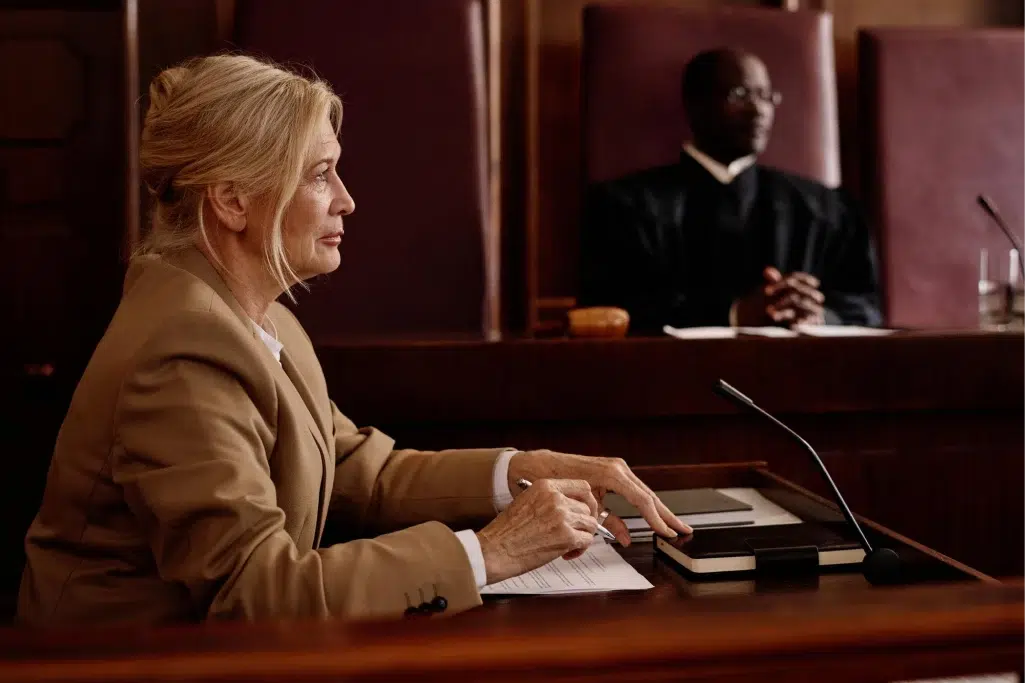
The discovery phase follows, where both parties exchange documents, take depositions, and submit interrogatories to gather evidence. This phase is crucial for building a case by uncovering facts, documents, and witness statements that support each side’s position. Parties are encouraged to engage in mediation, arbitration, or other forms of alternative dispute resolution to resolve the dispute without the need for a trial. However, if the case proceeds to trial, all evidence gathered will be presented before a judge or jury, where witnesses will testify, and legal arguments will be made.
Throughout the legal process, it is vital for all litigants, including pro se litigants, to keep the court and other parties informed of any changes in contact information to ensure all case filings are sent to the correct address. This proactive communication helps maintain the integrity and flow of the legal proceedings.
Conclusion
Throughout this article, we’ve navigated the intricate journey of civil litigation, equipping you with the knowledge to discern whether you have a valid claim for civil litigation. We covered essential topics, from understanding the different stages of a civil case to the importance of selecting the right legal representation and gathering necessary evidence. As we conclude, remember that initiating a lawsuit and going through legal processes demands thorough preparation, a sound understanding of the laws, and the right support system, primarily a competent attorney.
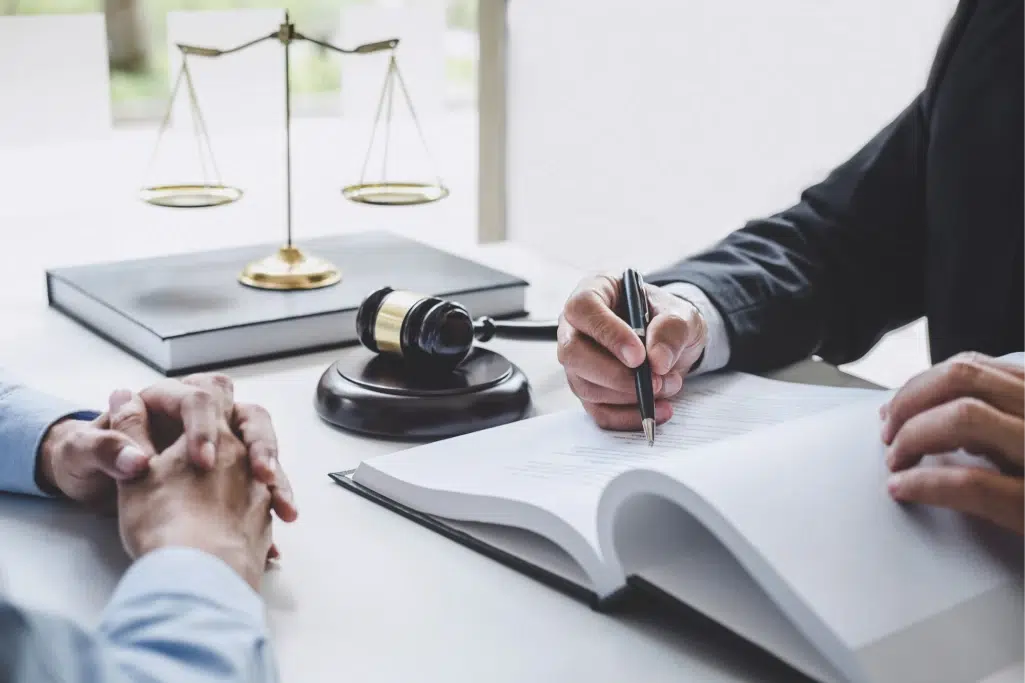
With a strong reputation in Hollywood, FL, MAC Legal P.A. provides experienced legal action in various areas of practice. We are passionate about advocacy and offer free consultations. Call us at (754) 253-3452 or email info@maclegalpa.com. Our office is located at 4601 Sheridan Street Suite 205, Hollywood, FL 33021.
Civil Cases & Litigation FAQs
What does it mean by "burden of proof" in a civil lawsuit?
In a civil lawsuit, the responsibility to prove the case, known as the burden of proof, lies with the plaintiff, the person who initiates the lawsuit. The plaintiff must demonstrate that their claims are true and that the defendant is responsible for the damages claimed. Typically, the standard used to establish proof in civil cases is “by a preponderance of evidence.”
What are the most frequent types of civil lawsuits?
The three most common types of civil lawsuits include tort claims, contract breaches, and landlord/tenant disputes. Tort claims involve an individual’s action that results in harm to another, affecting personal safety, property, or financial stability.
Can you give an example of a civil lawsuit?
Examples of civil lawsuits encompass personal injury cases like those arising from car accidents, medical malpractice, or slip and fall accidents. Other prevalent types include breach of contract, product liability, divorce and family law, property disputes, and housing disputes.
How does a civil case typically unfold?
The typical progression of a civil case is as follows: filing of a complaint by the plaintiff, followed by an answer from the defendant, the discovery phase where both sides gather evidence, the trial itself, and finally, the verdict.


